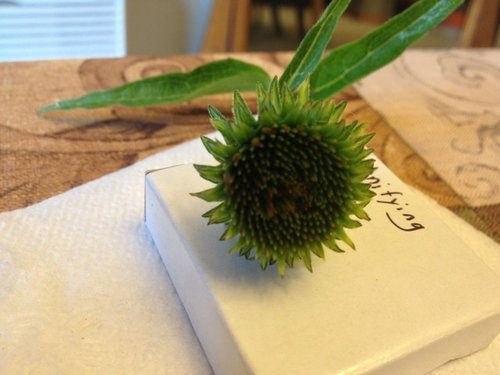Eriophyid Mites: an investigative report
trovesoftrilliums
10 years ago
Related Stories

FARM YOUR YARDHello, Honey: Beekeeping Anywhere for Fun, Food and Good Deeds
We need pollinators, and they increasingly need us too. Here, why and how to be a bee friend
Full Story
LIFEOh Yeah, There’s a Snake in the House
A Houzz contributor lives through her worst nightmare and comes out the other side with lessons learned and new footwear
Full Story
DECLUTTERINGIs Clutter Holding You Back From Living Your Ideal Life?
Here are 7 ways clutter can bog you down, and 7 ways you can benefit from decluttering
Full Story
SELLING YOUR HOUSE7 Must-Dos on the Day You Show Your House
Don’t risk losing buyers because of little things you overlook. Check these off your list before you open the front door
Full Story
LIFE7 Tips to Get With a New Minimalist Mentality
Feeling overwhelmed by your stuff? Here's how to pare down, simplify and keep just what you need and love at home
Full Story









Nevermore44 - 6a
Related Professionals
Middle Island Landscape Architects & Landscape Designers · Saint Charles Landscape Architects & Landscape Designers · Edmond Landscape Contractors · Bedford Heights Landscape Contractors · Boca Raton Landscape Contractors · Caldwell Landscape Contractors · El Segundo Landscape Contractors · Fairhope Landscape Contractors · Lady Lake Landscape Contractors · Palatine Landscape Contractors · San Benito Landscape Contractors · Setauket-East Setauket Landscape Contractors · Southbury Landscape Contractors · Welby Landscape Contractors · Crowley Landscape Contractors